
Lagash, The Lost City of Mesopotamia
6,000 years ago, civilization emerged in Mesopotamia. One of its most prominent city states was centred on the town of Lagash, a major and influential player in the politics and economy of Sumer. But over the millennia, it nearly became lost to the pages of history for good.
By Aleksa Vučković | Ancient Origins
The historic region of Mesopotamia has been long regarded as one of the original cradles of civilization. Defined by the bountiful Tigris and Euphrates rivers, Mesopotamia gave birth to some truly prosperous and ground-breaking early civilizations. The foremost of these was the civilization of Sumer, well remembered for its revolutionary inventions, such as the early writing system. Sumerians were truly unique, and were defined by their powerful city-states that often competed for power and wealth. One of the most prominent of these city states was centred on the town of Lagash, a major and influential player in the politics and economy of Sumer. It had a long and diverse history, but eventually was lost to the passing of time. What little of it remains today is a true Pandora’s box for archaeologists. Excavations have yielded numerous significant finds and an important insight into the rich history of both Lagash, and the Sumerian civilization on the whole.
How Did Lagash Come To Be?
Occupying some 300 hectares, Lagash was a moderately sized, but quite powerful and influential city-state in Mesopotamia. This small realm consisted of three major urban centres, each one roughly 20 kilometres apart. These were Lagash city proper (modern Al-Hiba), the religious centre of Girsu (modern Telloh), and Nina-Sirara, (modern Zurghul). Cities called Erim and Uruazagga were also likely a part of the Lagash state. At its heyday, Lagash was a town close to the sea, since the modern Persian Gulf extended much more inland than it is now. Likewise, cities like Ur and Nina were virtually on the shore, even though they are hundreds of kilometres inland today.
The exact time when the city was founded is not known with certainty, but surviving cuneiform inscriptions confirm that it was an important Sumerian city in the 3rd millennium BC. It was situated roughly midway between the Euphrates and Tigris rivers, in what is today southeaster Iraq. It is likely that the original settlement was founded sometime in the Ubaid Period, which lasted from circa 5200 to 3500 BC. By the time of the Parthians, from 247 BC to 224 AD, Lagash was still inhabited to an extent, bearing testimony to its venerable old age. However, due the passing of several millennia, the Lagash of modern times is barely discernible. Nevertheless, a tell (artificial mound created by thousands of years of continued habitation) was identified in near modern times, prompting extensive archaeological excavations.

The French were the first to conduct digs at the site, eventually identifying it with ancient Lagash. Several major archaeological campaigns were undertaken from between 1877 and 1933 yielding numerous precious finds. Notably, the site yielded more than 50,000 clay tablets with cuneiform texts. These writings were the fundamental resource for piecing together the puzzle of Lagash, its rulers, its history, and influence in the region. This was also important for establishing a chronology of Lagash development, as well as a chronology of Sumerian art and its development. Also important were the discovered dedicatory inscriptions, which were crucial for establishing a more or less continuous and unbroken history of Sumer, starting around 2500 BC and reaching roughly 2350 BC, especially in regard to major ruling figures and key events.
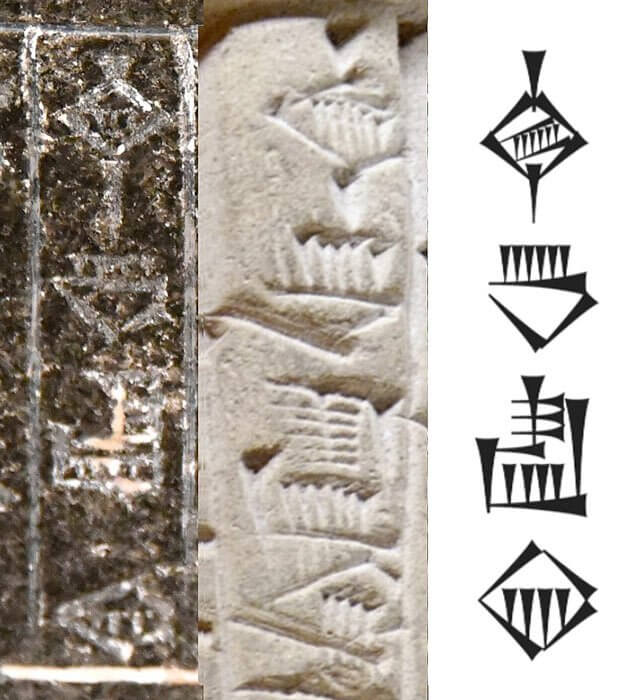
An Important Position Within the Sumerian Cradle of Civilization
The rulers of Lagash referred to themselves as lugal, meaning “King”. To that end, it is clear that they considered Lagash a kingdom, but the city-state was oddly enough never listed in the surviving Sumerian “King List ”. Nevertheless, Lagash was instrumental in the political and economic background of the region, reaching prominence between 2450 and 2300 BC. It came to the forefront following the partial decline of the two other competing city states, namely Kish and Uruk, and would remain the major player until the collapse of the Third Dynasty of Ur at the end of the third millennium BC.
French excavations of dedication inscriptions were crucial for piecing together the ruling dynasty that was established at Lagash. These rulers, now known to history, managed to bring a period of success and prosperity to the city state, one that would last for several centuries. But before they came to rule, one different king stood out. He was called Mesilim, King of Kish, reigning roughly around 2600 BC, and had power over several independent cities, Lagash included. This meant that the earliest rulers of Lagash were subjects to their neighbours. The first documented ruler was En-Hegal, a subject of the Uruk city state. Next in line is Lugal-sha-Engur, who was the ensi – a governor – of Lagash and a subject of King Mesilim. However, around this time begins the story of Lagash’s independence, and their rise to power.
King Mesilim was known as a mediator of boundary disputes between his subjects. One such dispute was between Lagash and its bitter rival, the city of Umma. Their conflict would exist for many generations and would often turn to war. Around 2,500 BC, a new ruler was documented in Lagash, one Ur-Nanshe, who would successfully defend his lands from the rival Umma, and subsequently achieve independence for Lagash. He became the first king, establishing a royal dynasty that would endure for five generations. Ur-Nanshe was a great builder and a powerful ruler: he ordered the construction of numerous temples (in Lagash, Nina, and Girsu), of irrigation canals, harems, and other buildings. Numerous inscriptions related to him exist, indicating that he established importation of goods from foreign lands, emphasized religion and temple-building, and enjoyed a considerable amount of power.
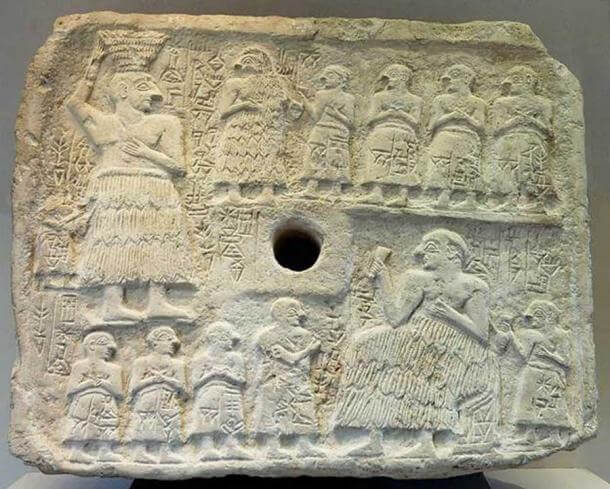
A Golden Age Under King Eannatum
His grandson was even more famous: he was Eannatum, the third King of Lagash. This ruler furthered the achievements of his grandfather: he greatly expanded his territories and influence, subjugating cities across much of Sumer. These included Ur, Larsa, Uruk, Nippur, and Akshak. He also subdued the neighbouring civilization of Elam, destroying their capital city of Susa. Furthermore, he ended the bitter conflict between Lagash and Umma by defeating the latter and reaching an agreement with their new ruler. His achievements were well documented in inscriptions and clay tablets. One such stone dedication reads:
“Eannatum, the ensi of Lagash, who was granted might by Enlil, who constantly is nourished by Ninhursag with her milk, whose name Ningirsu had pronounced, who was chosen by Nanshe in her heart, the son of Akurgal, the ensi of Lagash, conquered the land of Elam, conquered Urua, conquered Umma, conquered Ur. At that time, he built a well-made of baked bricks for Ningirsu, in his wide temple courtyard. Eananatum’s god is Shulutula. Then did Ningirsu love Eannatum”
Umma and Lagash were in constant feud since the reign of King of Kish, Mesilim. They feuded over their boundaries, chiefly over the possession of a fertile plain, Gu Edin. Following the death of Mesilim, a ruler from Umma, Ush, destroyed the boundary stones in revolt, urging Lagash to a new conflict. Eannatum, one of the most prominent rulers of his time, decisively crushed the forces of Umma, killing Ush and forcing his successor to sue for peace. His many achievements were immortalized in the most famous relic from Lagash: the Stele of the Vultures.
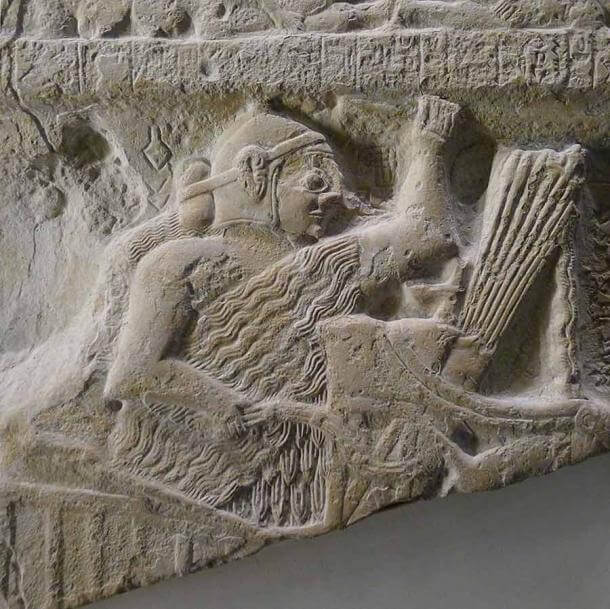
The Brief Rise of Sargon of Akkad
The following generations saw the conflict with Umma renewed repeatedly. Eannatum’s successors, Enannatum and Entemena, both defeated the Umma Kings, reasserting the dominance of Lagash. Alas, after their reigns, Lagash seemingly began waning in power. Entemena was the last great King of the Ur-Nanshe Dynasty – his followers likely achieved little success. The feuds with Umma did not stop, and Elamite forces were documented as attempting raids on Lagash itself. Possible internal feuds also contributed to the waning power: succeeding kings such as Enentarzi, Lugalanda, and Urukagina were likely usurpers or interlopers, not belonging to the original ruling dynasty. While Lugalanda was noted as a corrupt and failed ruler, his usurper, Urukagina was noted for his social and ethical reforms – some of the earliest in mankind’s history.
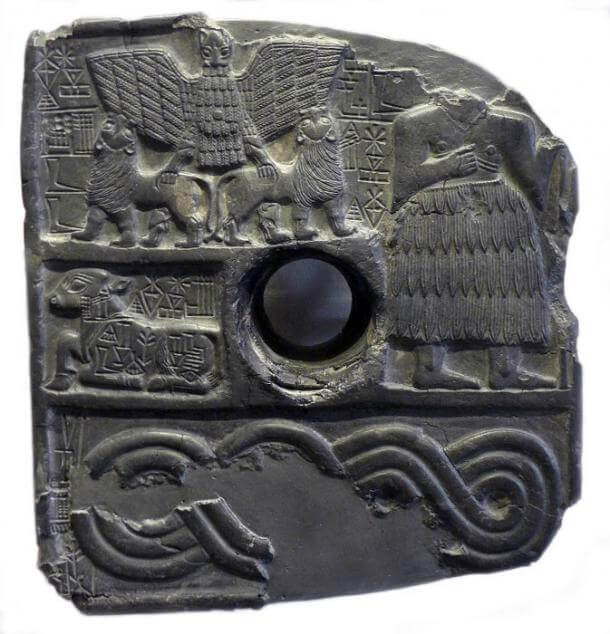
Still, Urukagina was noted as the last ruler of Lagash’s first dynasty. His reign ended disastrously at the hands of Lugalzaggesi, an ambitious King of Umma who conquered much of Sumer. It is documented in clay tablets that he razed and plundered Lagash cities and temples, and that Urukagina most likely survived these events, perhaps in exile.
However, the era of independence of both Umma and Lagash – and most other Sumerian cities – ended with the abrupt rise of the city-state of Akkad. Its most prominent ruler, the famed Sargon of Akkad who reigned from roughly 2334 to 2279 BC, conquered both cities and almost all of Mesopotamia, establishing the rather short-lived Akkadian Empire. Although powerful and historically significant, this empire fell roughly 180 years after its founding. Just like it emerged, it also fell – through conquest. Akkadians were subjected to the mountainous people of Gutium, who conquered many cities across Sumer. However, their rule was also short. After less than a century, they were expelled by King Ur-Namma, the founder of the Third Dynasty of Ur. And that was a new chance for Lagash to seek out its independence and influence once more.
So it was that after 150 years after losing to Umma, Lagash once more enjoyed a revival. This period saw the rise of the Second Dynasty of Lagash, whose earliest representatives, like Lugal-Ushumgal and Puzer-Mama were simple governors. It is likely that Lagash had no kings afterwards, but even so it enjoyed a great deal of independence and importance. It reached its absolute zenith, its golden age, under the reign of ensi Ur-Baba, and then his successor, ensi Gudea, who likely reigned from 2080 to 2060 BC.
Gudea’s Rule and the Absolute Zenith of Lagash
Gudea is documented in numerous inscriptions, and around 26 extant high-quality statues of him survive. Even though the Gutians were still not expelled during his reign, he nevertheless achieved a great deal of independence for Lagash. He is known to have traded with foreign countries, importing luxurious cedar wood from Lebanon and Amanus mountains, expensive diorite from lands of Arabia, imported copper and gold, and limestone, steatite, and alabaster. At this time Lagash was engaged in conflicts with Elam, to the east. The city-state was actually based at its religious centre of Girsu at the time, and all in all contained around 17 cities in total, of which Girsu and Lagash were likely the largest. One estimate states that around Gudea’s reign, Lagash was the largest city in the world.
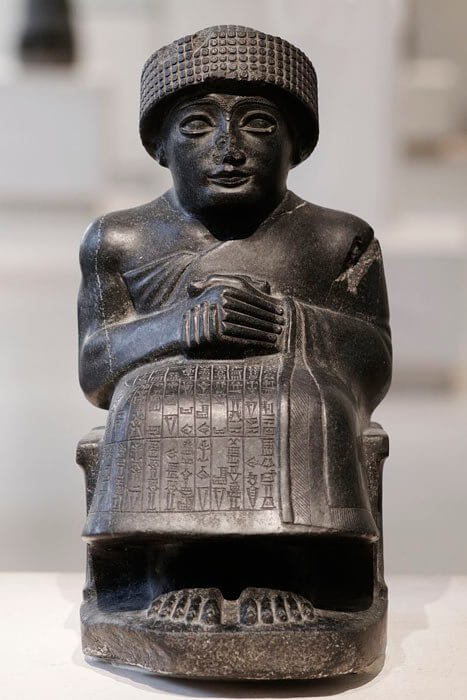
But just a few decades after Gudea came the rise of the Third Dynasty of Ur. The Gutian invaders were expelled for good, and King Ur-Nammu established his vast state, known also as the Neo-Sumerian Empire. Lagash thus became one of his foremost and wealthiest provinces, but it lost its independence as a city state. Nevertheless, it remained an important regional center, with thriving arts and culture, and great artistic development. From archaeological surveys and excavations, it is known that Lagash boasted numerous temples, including the “Temple of Seven Gates”, and the E-Ninnu, the “House of the Fifty”, the seat of the high God Enlil, the patron deity of Lagash. One of the most remarkable architectural achievements of Lagash was a weir and regulator which likely had sluice gates that helped conserve precious water supplies in great reservoirs.
A Waning City Left to the Mercy of Passing History
Following the downfall of the Third Dynasty of Ur at the hands of the invading Elamites around 2004 BC, it is likely that Lagash and Girsu began losing importance. The history of Mesopotamia rolled on across the centuries, ever turbulent and changing, and the region saw the emergence of new dynasties, new realms, cities, and new peoples. Amorites, Kassites, Hittites, and others, all shaped the future of Mesopotamia.
Lagash gradually disappeared from historical records. Over the centuries, as they turned into millennia, the region of Mesopotamia was wholly changed. And history did what history does best: this once lush and sprawling city was quietly turned into nothingness, it was lost. Only mounds and arid landscapes can now be seen where once magnificent buildings stood proudly
This article (Lagash, The Lost City of Mesopotamia) was originally published on Ancient Origins and is published under a Creative Commons license.
